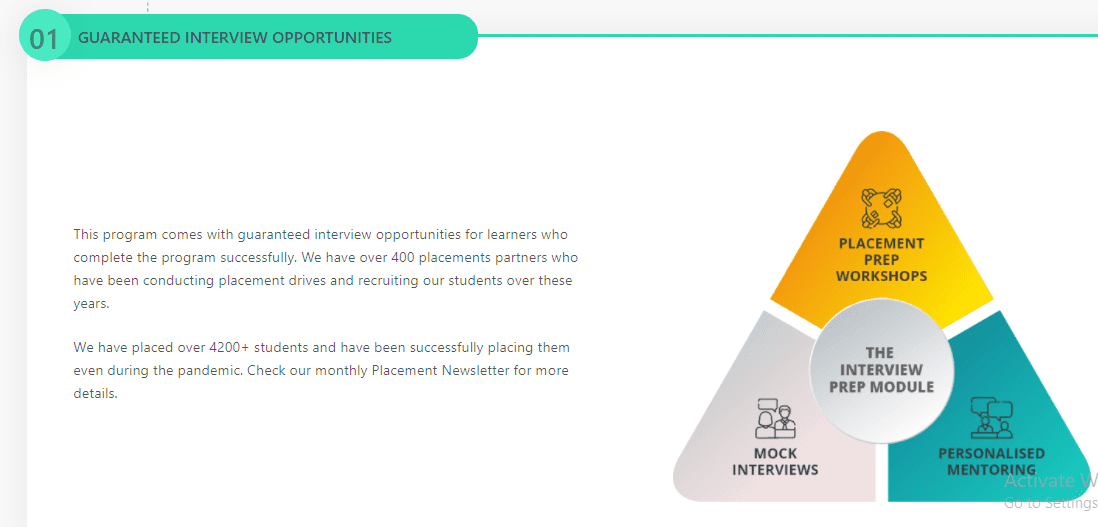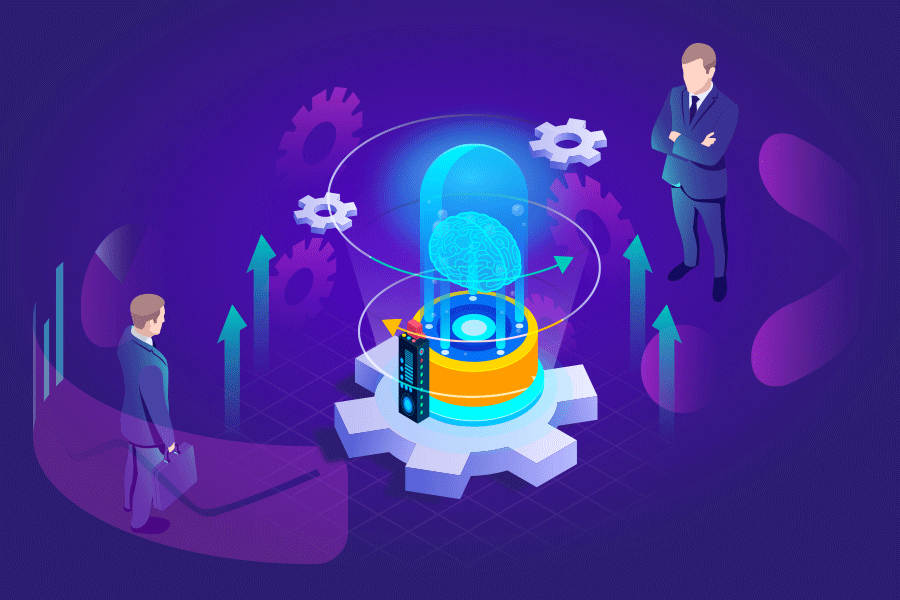Nowadays, it is said that data drives the world. The organization with more refined data has a higher probability of making a better prediction on future business and its processes on optimization. Data being important to an institution, it is quite obvious that the analysis of such data may only lead to those future predictions, besides, of course, correcting the present-day business.
Thus, in present-day India, huge opportunities have been created for individuals who want to work on data management and analysis. This career is meant for candidates who missed out on pursuing a software engineering course but have a tremendous interest in computer software activities. A data analytics course is the best option for them to fulfil their ambition. Prospective aspirants may be undergraduates from any domain. However, it is important to understand that before choosing the course, students must also have a reasonable understanding of mathematics and statistics with basic to medium working-level know-how in Excel and PowerPoint.
Tools for Data Analysis
The prerequisites of learning data analytics have been mentioned above. Now let us understand the working tools of the subject. We are aware that the job of a Data Analyst is to gather, filter, segregate, clean and finally analyse data meaningfully for business owners so that they take important decisions. There are certain skill sets that the candidate has to acquire through Data Analyst training. Advanced Excel, SQL and Programming Languages like R, Python etc., are the basic skill sets that a professional in this field must possess. The above know-how shall help them to analyse the data fruitfully or even extrapolate them. However, next comes the process of visualization of the big picture.
A Data Analyst must present their findings to the business team so that they can understand the analysis as a whole. In order to make such visualization simple and user-friendly, the Data Analyst must learn tools like Power BI or Tableau.
Apart from the mentioned points, an aspiring Data Analyst must complete a few meaningful projects post completing the course. Executing projects will not only give the candidate confidence in the subject but also add immense value to their CV.
Data Analysis Training Courses

There are several training courses on Data Analysis in India. Some of these courses are offline, while others are online. Since these are essentially certificate courses, the duration and the content for each also vary greatly.
However, a good Data Analyst training course will essentially cover topics on pre-processing the data, their classification, segregation and filtration. This also includes text mining and social media or site analysis. Understanding of data structures should be covered. Advanced Excel, SQL and programming languages like R or Python should be within its syllabus. The course must teach data visualization tools.
Thus, the selection of the right data analytics course is of extreme importance. A well-designed course with better content, well aligned with the right purpose, helps the aspiring candidate to learn systematically and quickly. A good mentor on the subject is also a must for a beginner. The importance of choosing the right course to build a career is all the more important since a candidate has to learn a whole gamut of skill sets of different dimensions and also their application. Since the job role involves an efficient presentation to business owners, soft skills also form a major learning topic. Students who aspire to enter the field of data analysis must understand all these parameters and introspect carefully before moving ahead. Technical skills and logical understanding are key deciding parameters for a recruitment process in this field.
Besides, the study material should also contain statistical analysis and interferences, exploratory data analysis and basics of modelling, which will further help the candidate to complete projects successfully.
Conclusion
There is a huge boom of information in today’s world and a matching demand in the field of data analysis. The job opportunities for a Data Analyst are vastly increasing. With proper training and future application, a candidate may even aspire to become a Business Analyst or an Operation Analyst. With the further enhancement of knowledge on subjects like artificial intelligence and machine learning, a present-day Data Analyst may also aspire to become a Data Scientist.
An interested candidate can learn data analytics from the postgraduate program in data science and analytics course taught at Imarticus. The duration of the course is 6 months, and it is one of the best courses in India for learning data analytics. This is a placement-assured program with 1500+ candidates having already secured a position in reputed companies. This course offers both online as well as offline modes of teaching. This course will guide you towards your goal and help you become a successful data analyst.






 Learning how to efficiently analyze large sets of data can help make you stand out from other applicants who might have an impressive resume but lack experience with big data tools like Excel and R programming language.
Learning how to efficiently analyze large sets of data can help make you stand out from other applicants who might have an impressive resume but lack experience with big data tools like Excel and R programming language. Furthermore, it can help you by providing reports on the time spent on each campaign or task that will enable you to measure how much effort is put into work. Thus, learning how to utilize
Furthermore, it can help you by providing reports on the time spent on each campaign or task that will enable you to measure how much effort is put into work. Thus, learning how to utilize  The curriculum includes a range of topics, from basic statistics and probability theory to advanced machine learning techniques. You can learn data analytics online at your own pace, so there’s no need to put off enrolling until you have more time or money!
The curriculum includes a range of topics, from basic statistics and probability theory to advanced machine learning techniques. You can learn data analytics online at your own pace, so there’s no need to put off enrolling until you have more time or money!
 This article will help you find the answer to this question and more. The following points will cover advanced analytics, its relationship with financial analysis, and how to
This article will help you find the answer to this question and more. The following points will cover advanced analytics, its relationship with financial analysis, and how to 




